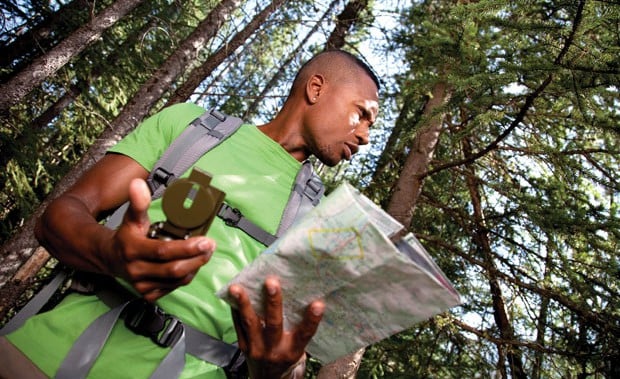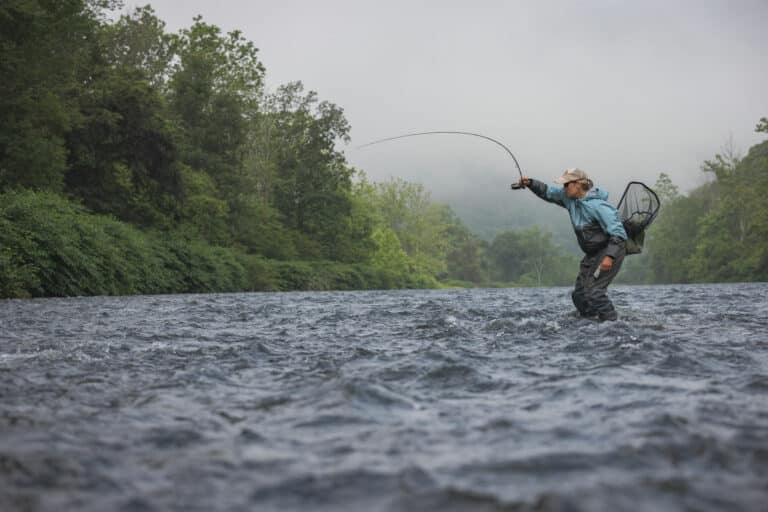For years, Atlanta Rocks indoor climbing gym has noticed a lack of diversity both in its staff and in its clientele. That’s started to change in the last year, though. And it’s all thanks to “The Real Housewives of Atlanta.”
How could a Bravo reality show increase racial diversity in Atlanta’s rock climbing community? During the Housewives premiere this season, cast member Kandi Burruss went on a date with Baltimore Ravens running back Willis McGahee, and their destination was Atlanta Rocks.
After the episode aired, says gym manager David Turrentine, Atlanta Rocks saw a sharp increase in new students and members, many of whom were African American. “We got so many phone calls and so many new visitors,” he recalls. “And thankfully, Bravo still runs re-runs of the show, so every time it re-airs, we get more interest.” The episode gave the gym an opportunity to reach a wider audience, since “Housewives” regularly rakes in around three million viewers nationally. But there’s more to it than that, Turrentine insists. “All these people who watched the show, they were like, ‘This woman does it. We can do it too!’”
African Americans, Latino Americans, and Asian Americans are “significantly underrepresented” in outdoor recreation relative to their populations in the U.S., reports The Outdoor Foundation, a nonprofit organization seeking to boost participation in outdoor activities. This trend has been changing in recent years, but only slightly. The foundation’s 2011 Outdoor Recreation Participation Report found that 30 percent of outdoor participants are minorities—up from 25 percent in 2007.
“It’s something that we’ve noticed for years now,” says Turrentine, “so it was always a question of, what’s going on? A lot of it is a comfort zone issue, because kids who are minorities see [the outdoors] as a white-based world — that’s their impression.”
Nationally, grassroots organizations such as the Center for Diversity and the Environment, Outdoor Afro, the National Hispanic Environmental Council, and the Outdoor Foundation are trying to get more minorities connected with the natural environment. These outreach efforts seem to be working, says Christine Fanning, executive director of the Outdoor Foundation. At the foundation’s second annual youth summit this summer, a majority of the young leaders who attended were minorities. “40 percent [were] African American, 30 percent Caucasian, and 30 percent [were] from other ethnicities,” Fanning reported.
The Outdoor Industry Association, the trade association which runs The Outdoor Foundation, also applauds federal efforts such as the America’s Great Outdoors program. “There’s a real societal benefit to increasing participation,” says Outdoor Industry Association spokeswoman I Ling Thompson. “Healthy people cost less.”








